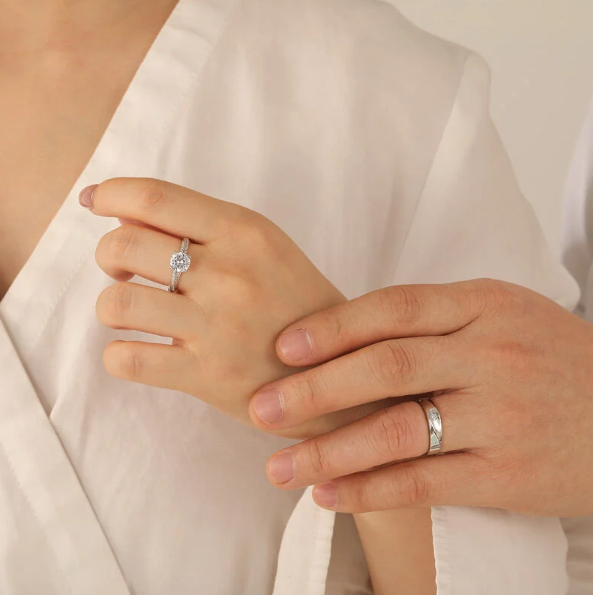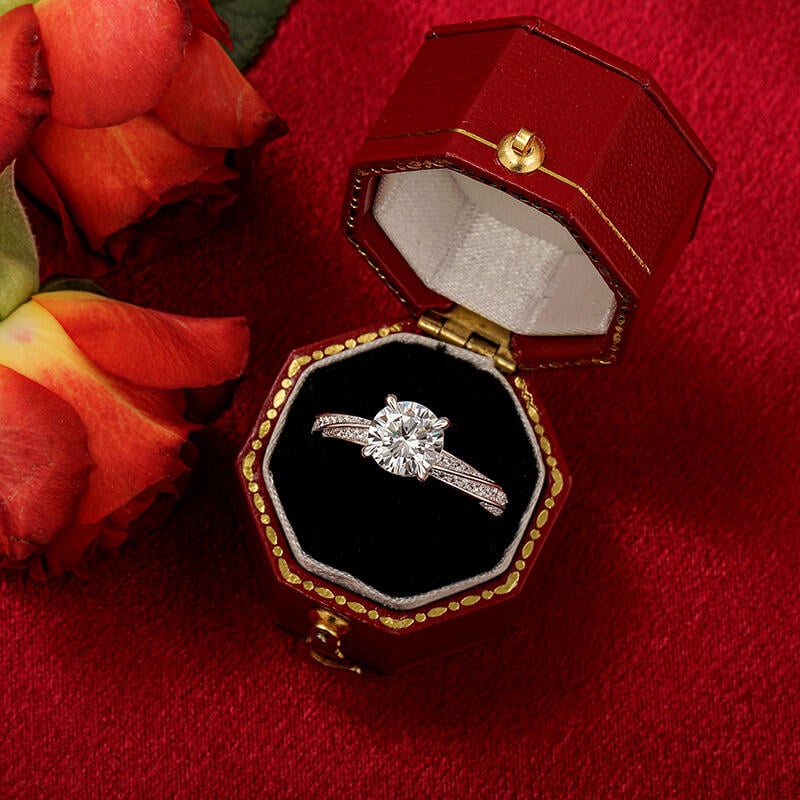You’re about to pop the big question. The design is stunning, the metal is just right, but there’s one crucial detail that can make or break the entire experience: the ring size. Whether you’re shopping for an engagement ring, a wedding band, or a gift for a loved one, understanding ring sizes is essential. Let’s dive into the what, why, and how of finding that perfect fit.
Navigate to:
What Exactly is Ring Size?
Simply put, ring size is a measurement that corresponds to the inner circumference or diameter of a ring. It’s a standardized number (or sometimes a letter) that allows jewelers to craft or resize a ring to fit a specific finger perfectly. Think of it like shoe sizes, but for your fingers!
The most common systems are numerical (e.g., US size 6, UK size L, EU size 52). While numbers are universal, the scales differ by country, which is why knowing the system is important.
The Global Sizing Standards
The challenging part of sizing is that the system used depends on where you live or where the ring was manufactured.
| System | Measurement Standard | Units Used | Regions |
|---|---|---|---|
| US/Canada Standard | Diameter in inches/mm | Numbers and half-numbers (e.g., 6, 6.5, 7) | United States, Canada, Mexico |
| UK/Australian Standard | Circumference in mm | Letters and half-letters (e.g., M, N, O) | United Kingdom, Australia, Ireland, South Africa |
| European Standard (ISO) | Circumference in mm | Millimeters (e.g., 54 mm, 55 mm) | Germany, France, Switzerland, most of Continental Europe |
Note on French/German Sizes: While many European countries use the circumference in millimeters (e.g., 54 mm), the French system historically subtracts 40 from the circumference (e.g., a 54 mm circumference is a size 14).
The Great Benchmark: Average Ring Sizes
While everyone’s fingers are unique, averages can give you a great starting point, especially if you’re planning a surprise.
Average Ring Sizes for Women (US, UK, Europe)
In the US, the most commonly purchased ring for women is surprisingly small, as it is often a gifting size, not necessarily the actual size. However, the true average for comfort and wear tends to be slightly higher.
| Region | Most Common Average Size | Approximate Range | Equivalent UK/European Size |
|---|---|---|---|
| US/Canada | Size 6.5 (The most common purchase size is 7) | 5 to 8 | UK M to Q |
| UK/Australia | Size N | L to P | 52 mm to 57 mm (EU) |
| Continental Europe | 54 mm | 50 mm to 58 mm | US 5.25 to 8.25 |
Average Ring Sizes for Men (US, UK, Europe)
Men’s rings tend to be wider, meaning that even if the finger circumference is the same, a wider band might require a quarter- to half-size increase to fit over the knuckle comfortably.
| Region | Most Common Average Size | Approximate Range | Equivalent UK/European Size |
|---|---|---|---|
| US/Canada | Size 9.5 (The most common purchase size is 10) | 8 to 12 | UK Q to Y |
| UK/Australia | Size T | R to Z+1 | 58 mm to 65 mm (EU) |
| Continental Europe | 62 mm | 58 mm to 68 mm | US 8.25 to 12.5 |
Why Ring Size Matters?
A perfectly fitted ring does more than just feel good; it protects your investment and your health.
- Safety and Health: A ring that is too tight can restrict circulation and lead to swelling or “ring avulsion” (a severe injury). A ring that is too loose can easily fall off.
- Aesthetics and Design Integrity: Many intricate settings (like halo designs) or rings with stones that wrap around the band are designed to sit perfectly centered. If a ring is too loose, it spins, causing the design to constantly shift off-center.
- Resizing Limitations: While most rings can be resized, excessive resizing (more than two sizes up or down) can weaken the metal, compromise the setting, or distort pave-set stones, particularly in tension or channeled settings.

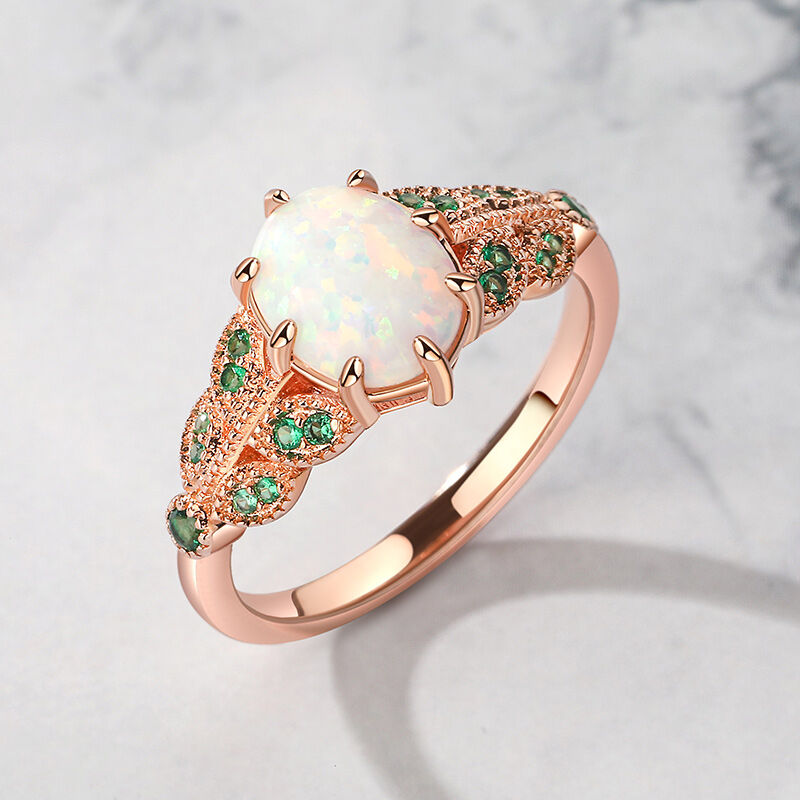

How to Measure Your Ring Size at Home
The best ring size is one that is snug enough not to fall off but loose enough to slide over the knuckle with a little resistance.
Method 1: The Gold Standard (Professional Sizer)
Go to a jeweler. This is always the most accurate method. Jewelers use graduated metal ring sizers, which account for the band width and thickness, providing a definite, reliable measurement.
Tip: If you are buying a wide band (8mm+), ask the jeweler to size you using a wide-band sizer, as the measurement can differ from a thin band.
Method 2: Measuring an Existing Ring
If you have a ring that fits the intended finger perfectly, you can measure it using a digital caliper or by placing it over a dedicated online ring mandrel guide.
- Measure the inside diameter (the straight line across the hole).
- Convert this measurement using a reliable online sizing chart.
Method 3: The DIY String or Paper Wrap (Use with Caution)
While tempting, wrapping a string or strip of paper around your finger is the least accurate method, as paper stretches and string thickness can skew the results.
- Wrap a thin strip of paper or non-stretchy string snugly around the base of the finger.
- Mark where the paper or string overlaps.
- Measure the length of the string/paper in millimeters. This is the circumference.
- Use a sizing chart to convert the circumference to your regional size.
- Crucial Step: Ensure the paper/string can slide over the knuckle—if not, you need to size up.
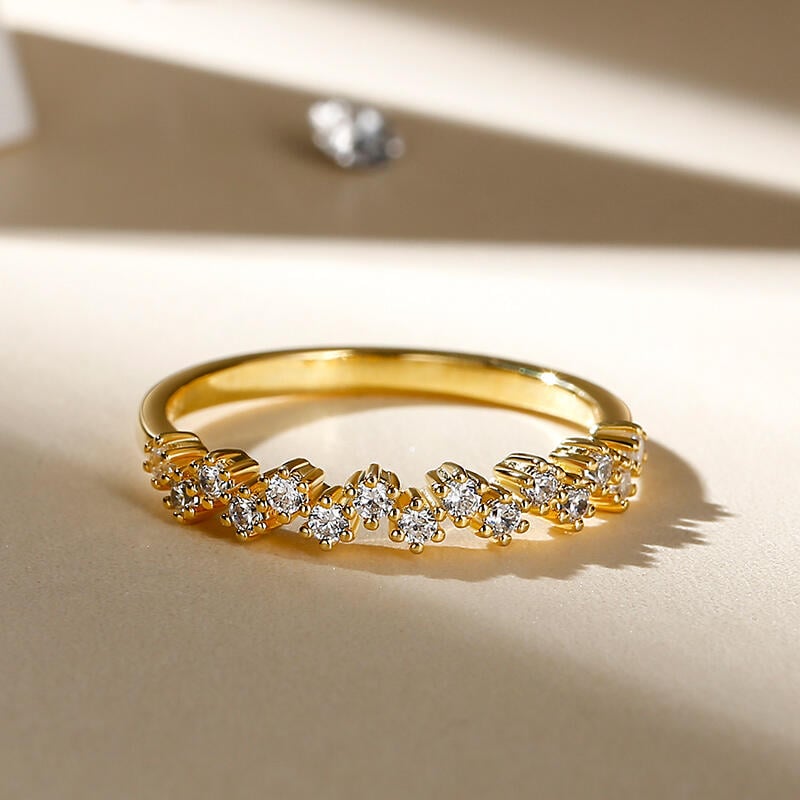
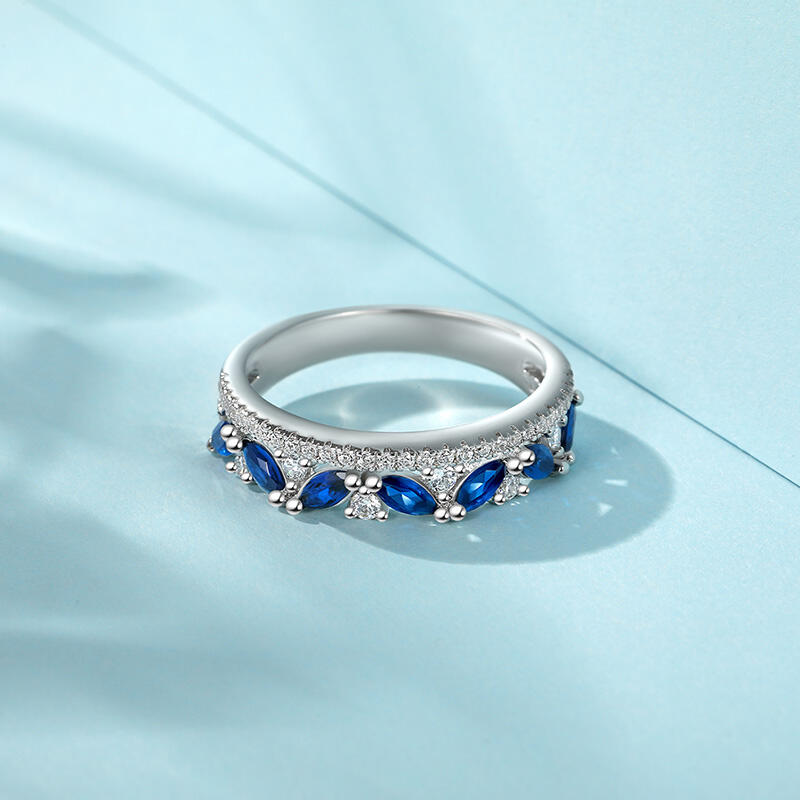

Factors That Can Affect Ring Size
Your ring size isn’t necessarily a permanent number. Several factors can cause it to fluctuate:
- Temperature: Fingers shrink in the cold and swell in the heat. This is the most common reason for daily fluctuations.
- Time of Day: As mentioned, fingers are typically smallest in the morning and largest in the evening.
- Salt Intake: Eating a salty meal can cause your body (including your fingers) to retain water and swell slightly.
- Exercise: Physical activity increases blood flow, which can temporarily enlarge your fingers.
- Pregnancy & Health Conditions: Hormonal changes, arthritis, and other medical conditions can alter finger size, sometimes permanently.
- Weight Fluctuation: Gaining or losing a significant amount of weight can change your ring size.
The Emergency Plan: What If the Ring Doesn’t Fit?
Even with the most careful planning, sometimes the size is still off. Don’t panic—there are solutions. If your ring doesn’t fit at home, there are a few simple solutions you can try before seeking professional help. For a ring that’s too tight, gently slide it off with soapy water, lotion, or petroleum jelly to reduce friction. If it’s too loose, you can temporarily secure it by wrapping dental floss or a small piece of thread around the band to adjust the fit. Another option is to purchase a ring adjuster or sizing beads for a more stable fix. However, for a permanent resizing, it’s best to visit a jeweler to avoid damaging the ring. Avoid forcing the ring on or off, as this can bend the metal or cause injury.
More Jeulia Post:
A Guide to Measuring Your Ring Size at Home
Finding the Best Engagement Ring to Suit Your Hand Type
Finding Your Forever: A Guide to Choosing the Perfect Wedding Ring for Women

